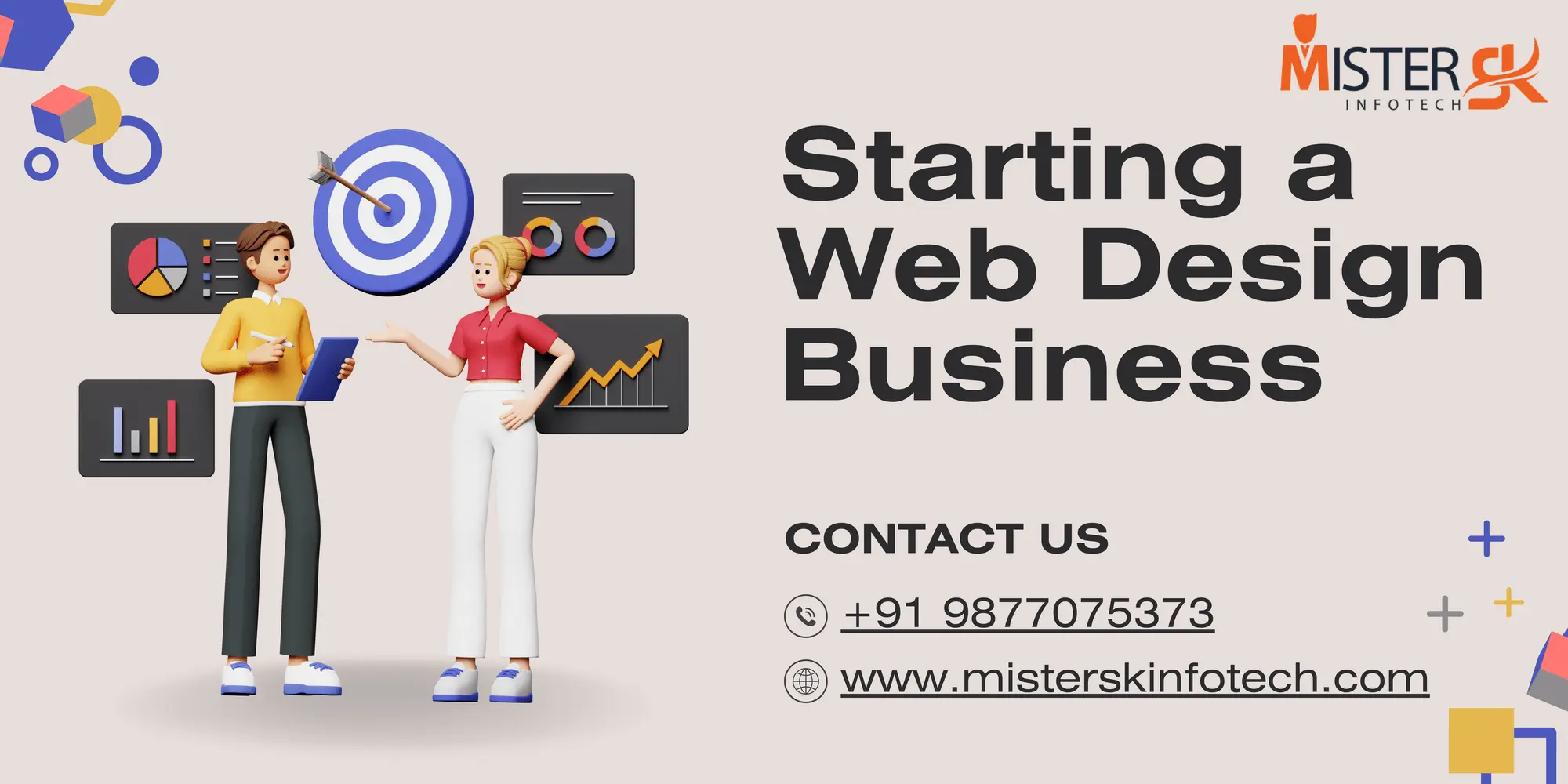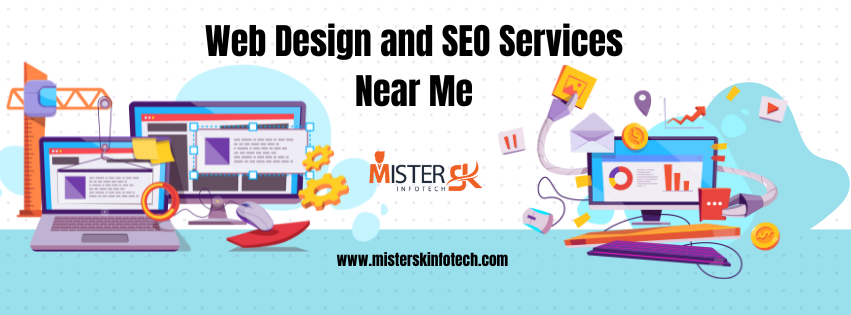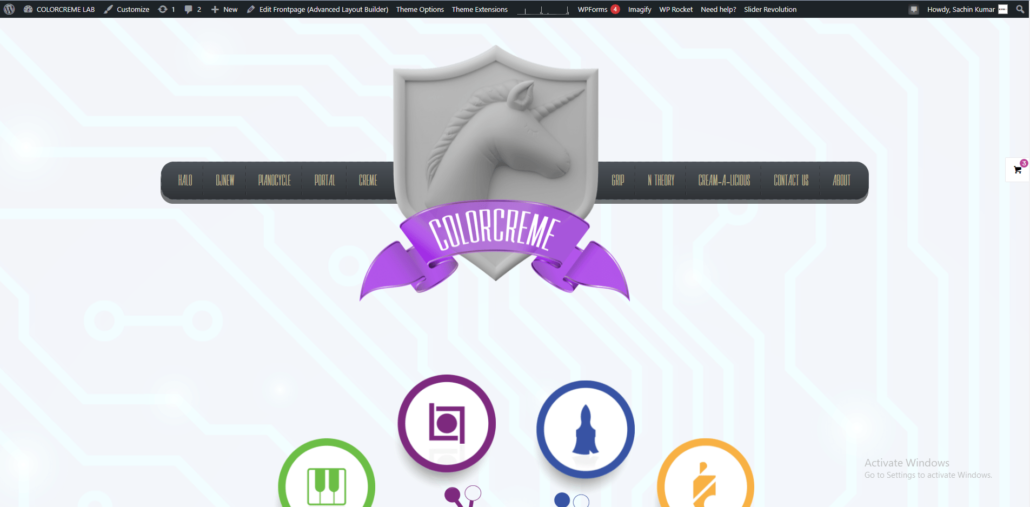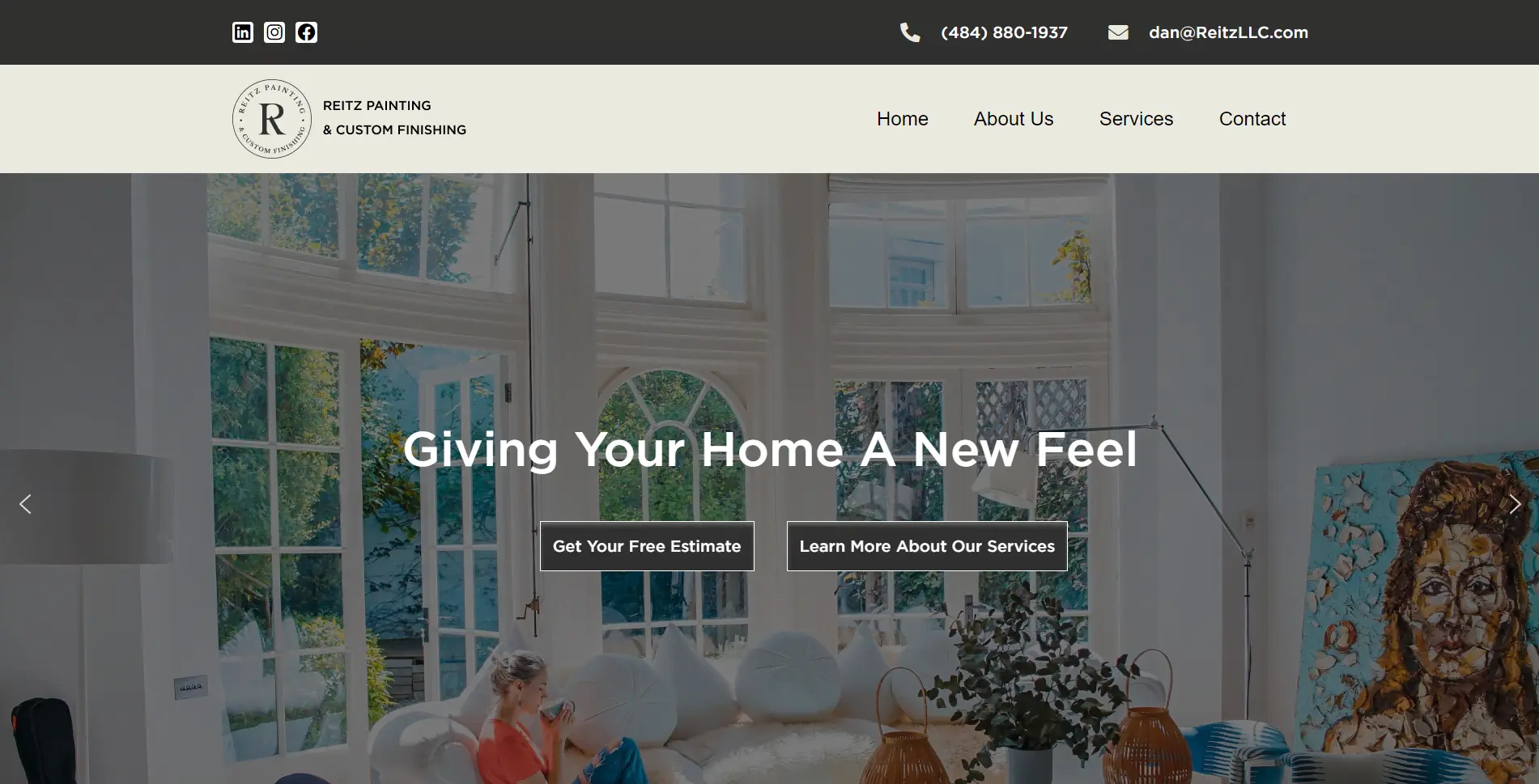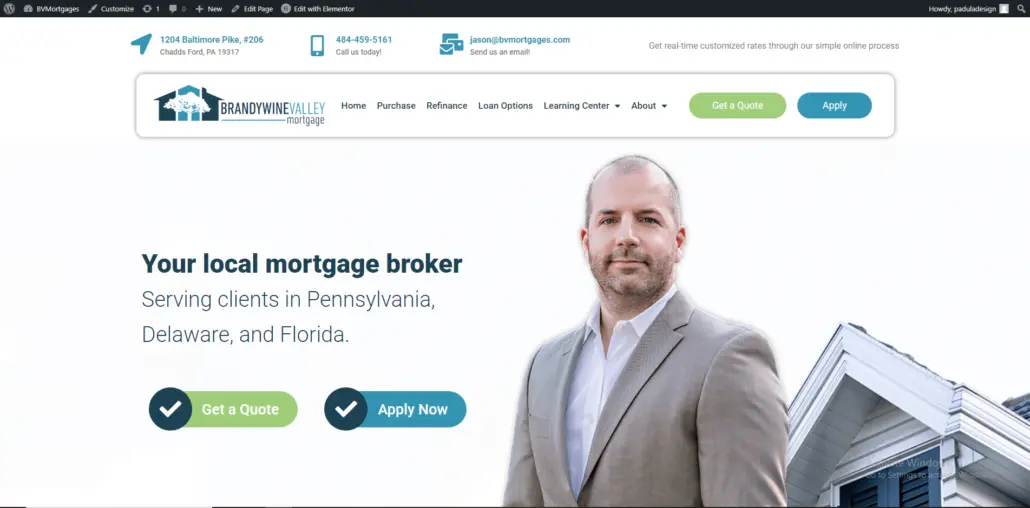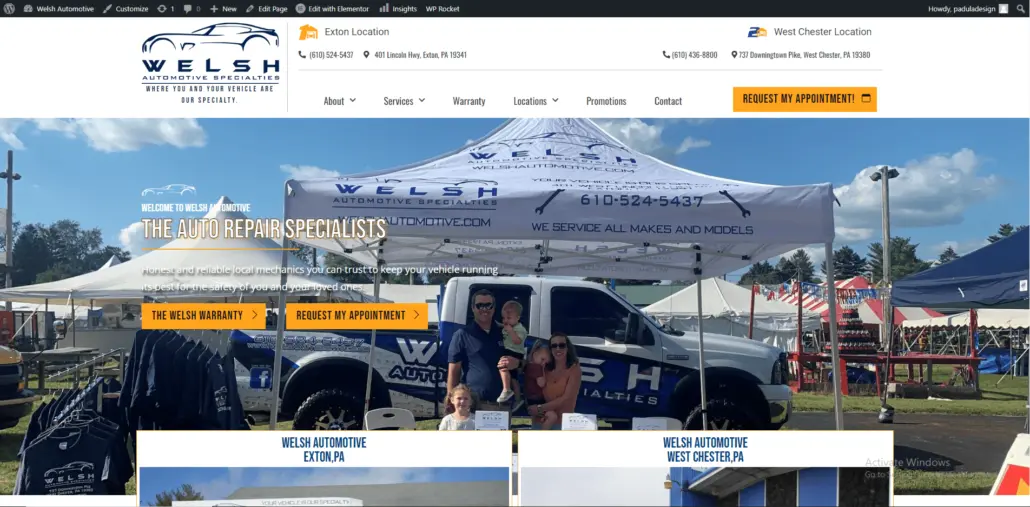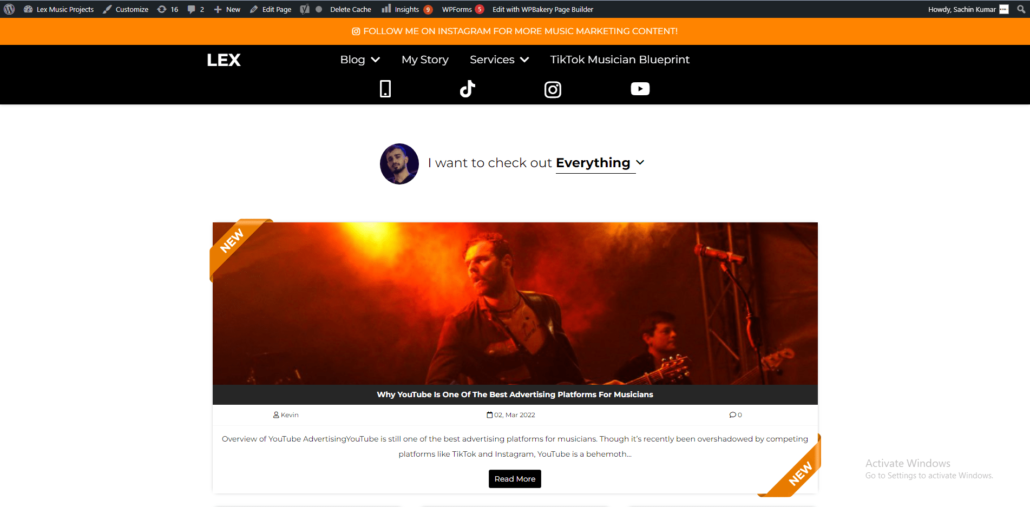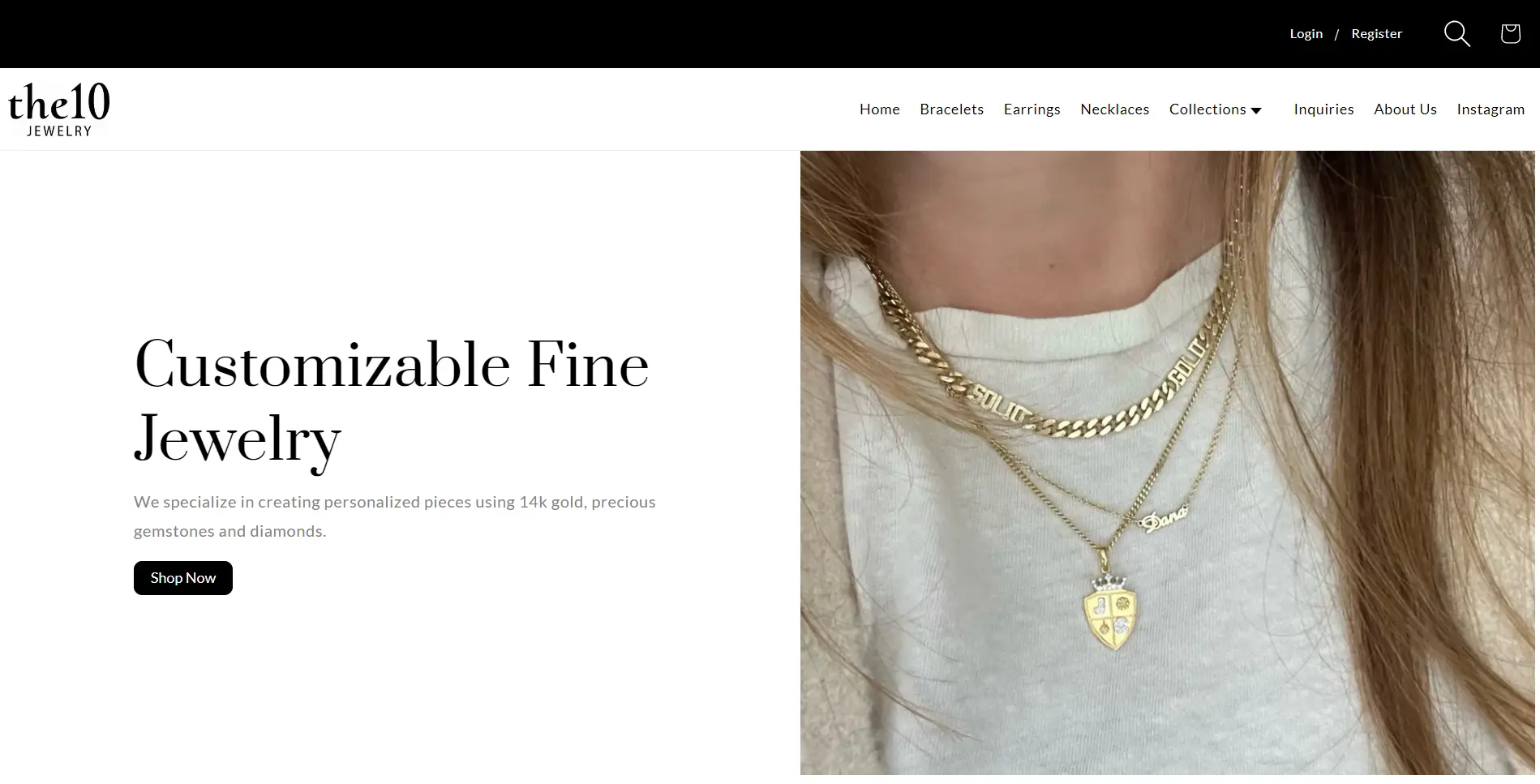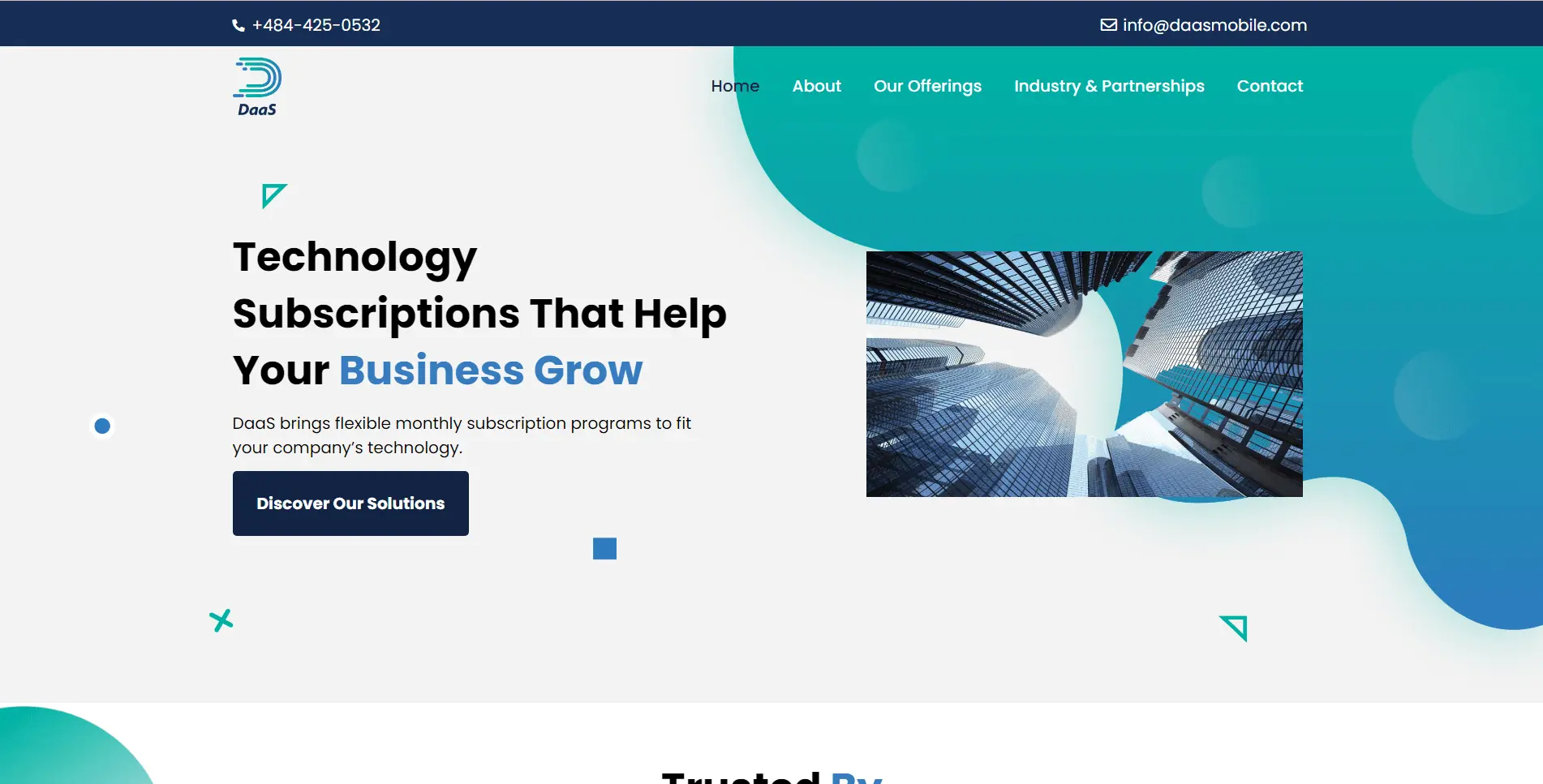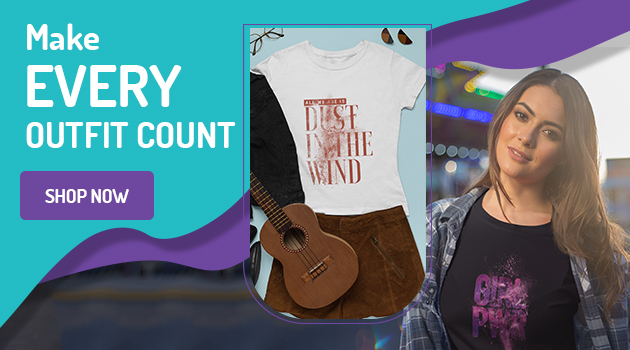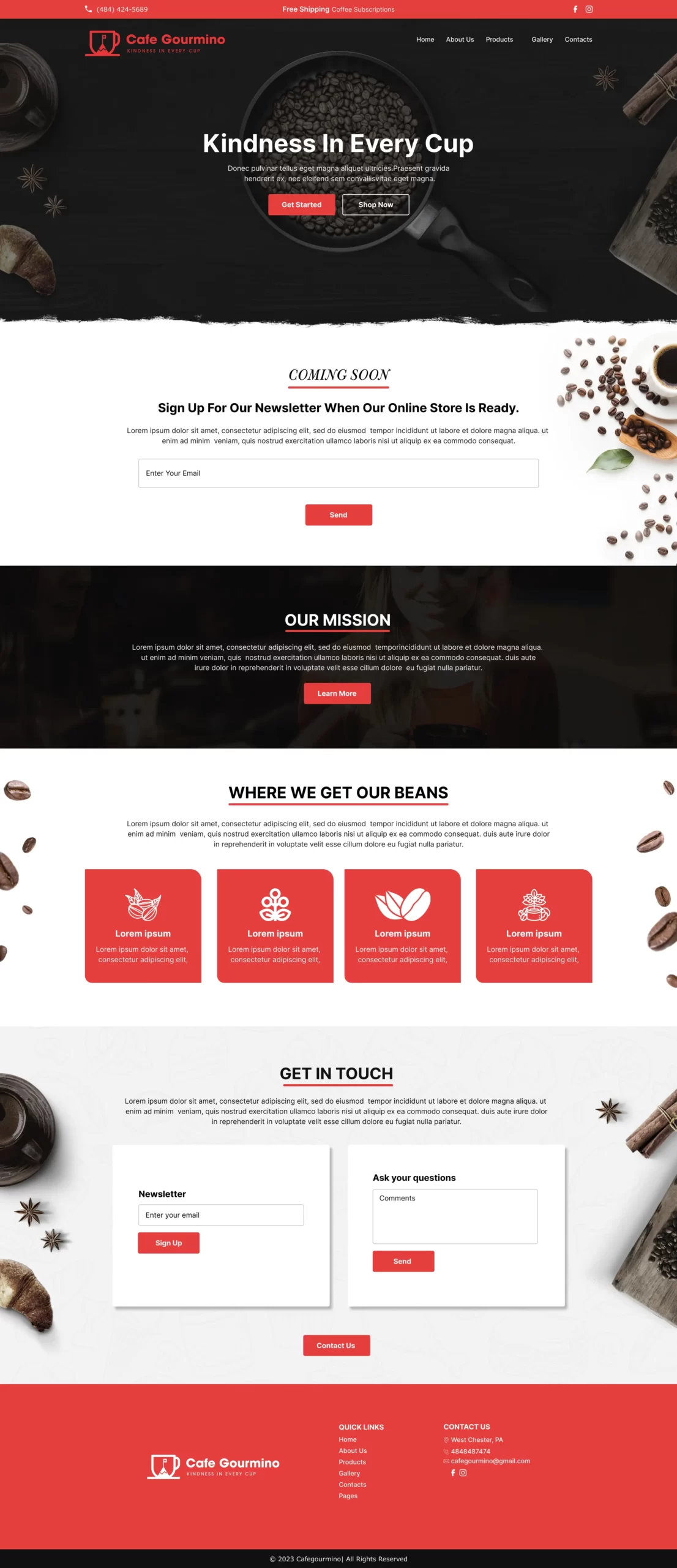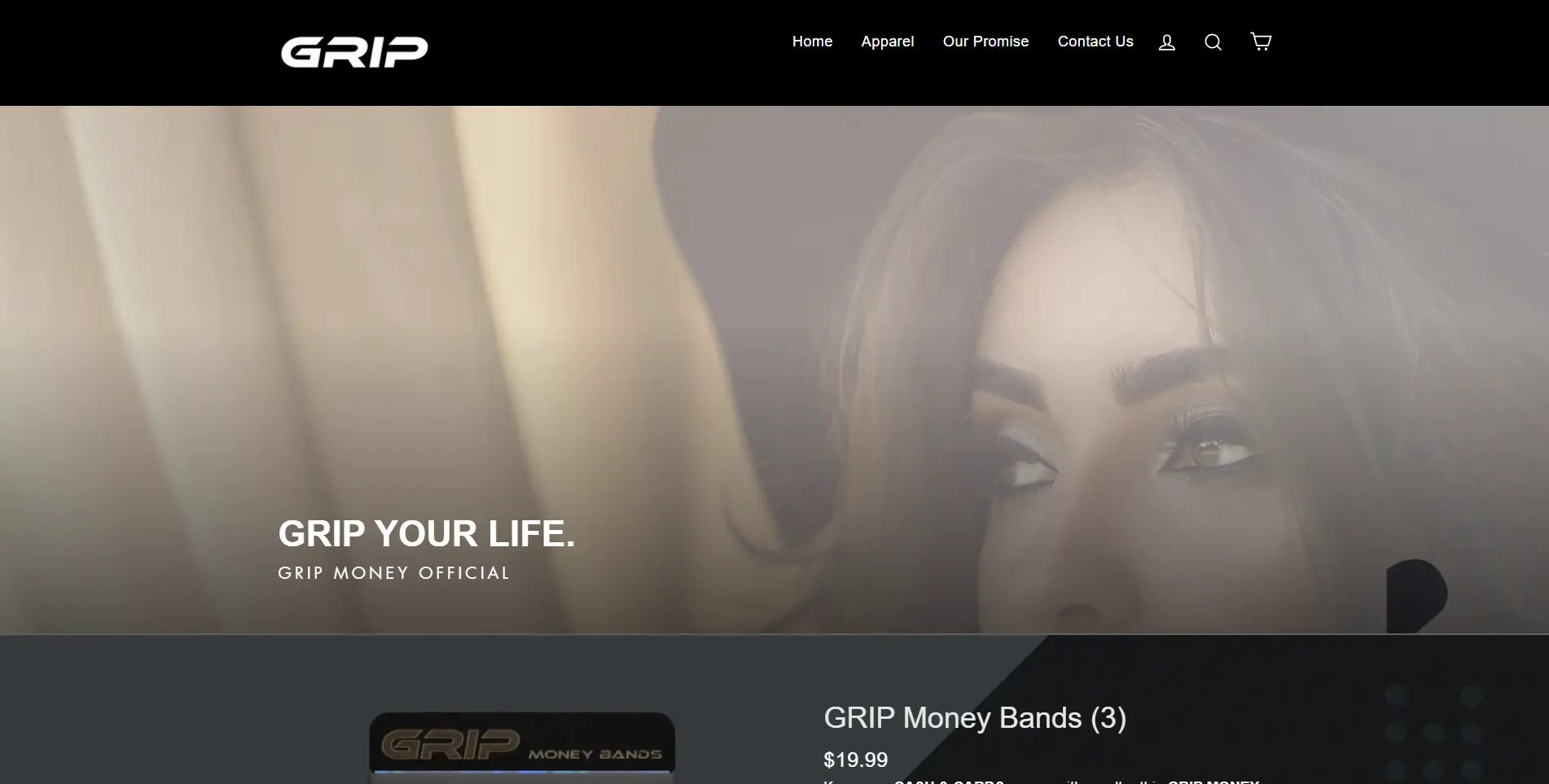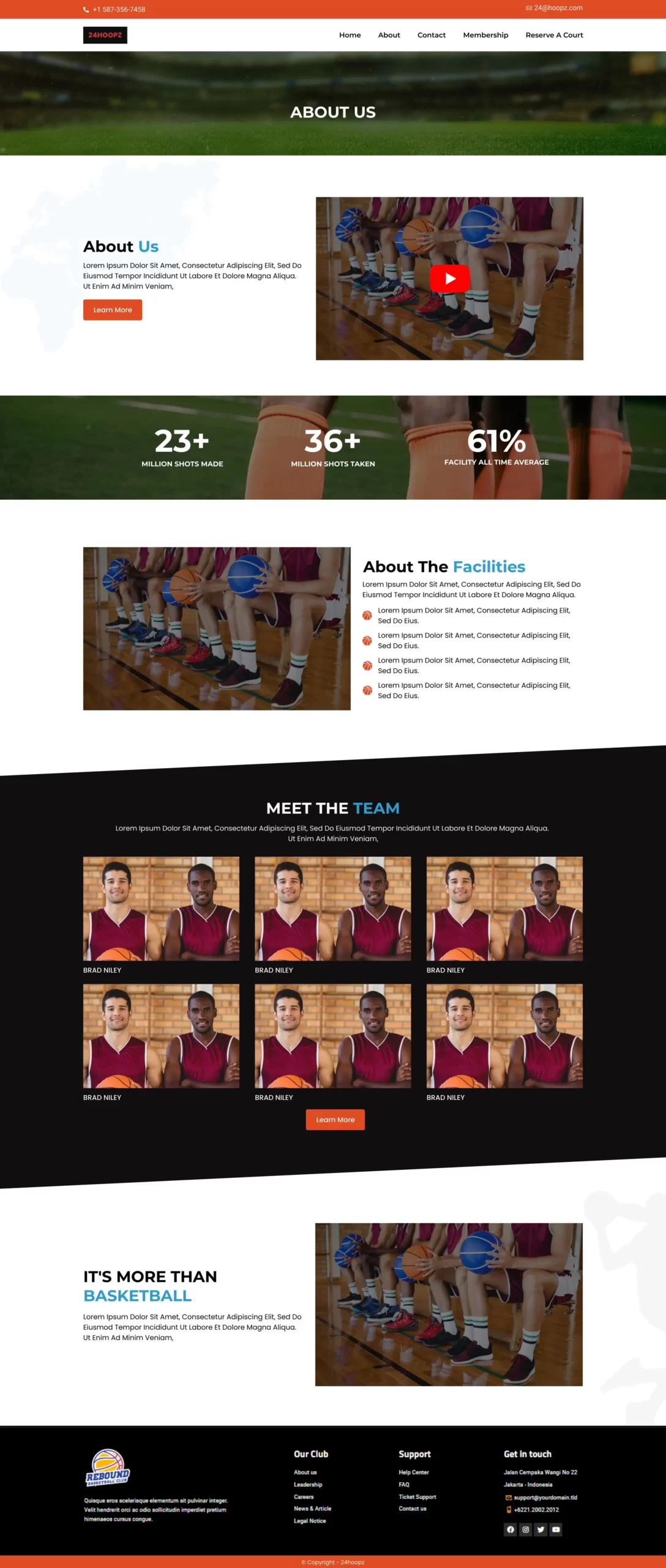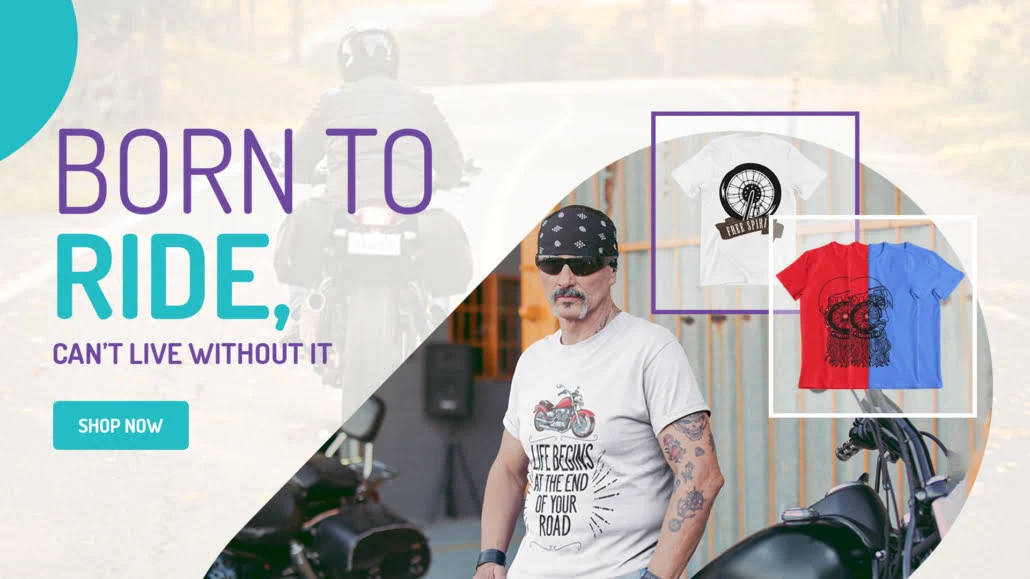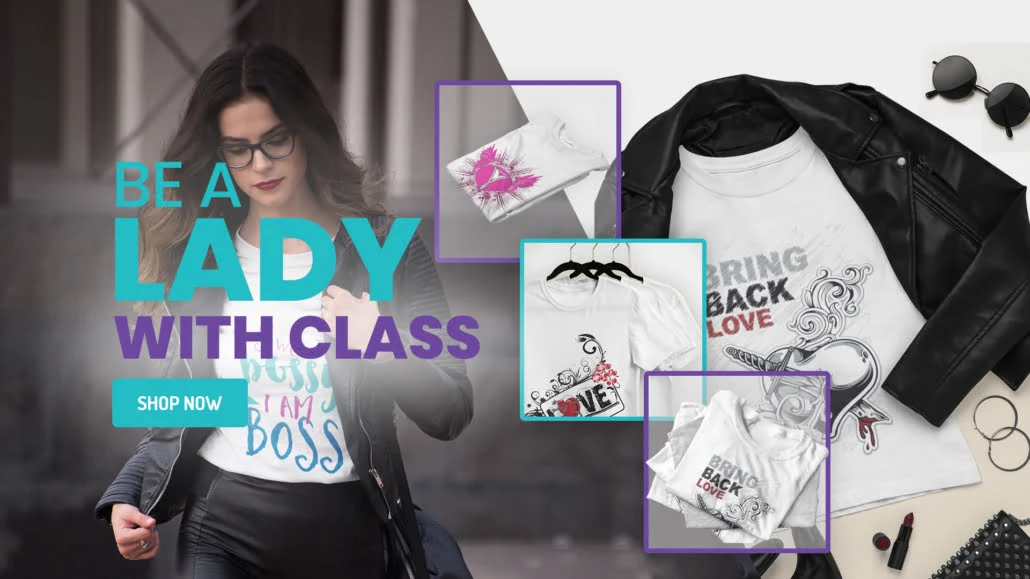In the digital landscape, where competition is fierce, inbound marketing has become a crucial strategy for businesses aiming to attract and engage their target audience. Unlike traditional marketing, which often pushes products or services onto consumers, inbound marketing centers around attracting customers by offering meaningful content, helpful insights, and tailored solutions that directly address their needs and interests. Instead of interrupting the audience, it encourages engagement by providing value upfront, naturally drawing potential clients toward your brand.
The future of inbound marketing is evolving rapidly with the rise of technology, data-driven decision-making, and changing consumer behavior. In this blog, we’ll explore key trends shaping the future of inbound marketing and how businesses like yours can leverage them to stay ahead.
1. Artificial Intelligence (AI) and Automation in Inbound Marketing
AI and automation are revolutionizing inbound marketing by streamlining processes and improving customer experiences. From chatbots to personalized email campaigns, AI enables marketers to automate repetitive tasks while delivering tailored, data-driven solutions.
AI can analyze user behavior, predict future actions, and provide hyper-personalized content based on preferences and past interactions. For instance, tools like HubSpot’s AI-driven automation can help businesses scale their inbound marketing efforts by creating targeted campaigns, nurturing leads, and offering real-time assistance.
Automation makes inbound marketing more consistent, efficient, and responsive. For example, Foleon uses AI to analyze customer journeys and optimize content delivery, boosting engagement rates.
Key Takeaway: Leverage AI and automation to create personalized, timely marketing experiences while optimizing workflow efficiency.
2. Content Personalization and Hyper-Segmentation
Personalization has always been an integral part of inbound marketing, but as we move into the future, hyper-segmentation will take this to the next level. This approach involves breaking down your audience into smaller, more specific groups based on their unique interests, behaviors, and demographics.
By using hyper-segmentation, businesses can create more relevant content, boosting engagement and conversion rates. For example, Shopify allows users to create personalized shopping experiences based on customer behavior, enhancing the relevance of their inbound marketing efforts. Data analytics and customer insights will play a key role in understanding these segments.
Brands like Databox have proven that personalized content leads to higher retention and better ROI, especially when it aligns with the customer’s journey.
Key Takeaway: Tailor your inbound marketing efforts with hyper-segmented content to increase relevance and build deeper customer relationships.
3. Voice Search and Conversational Marketing
With the rise of voice-activated devices like Amazon Alexa, Google Assistant, and Siri, optimizing for voice search is becoming critical for inbound marketing. Voice search will dominate the future of SEO, as more people use voice commands to search for products, services, or information.
Additionally, conversational marketing, which focuses on real-time, one-on-one conversations, is growing in popularity. Tools like Drift or Intercom allow businesses to have live chats with prospects and customers, building stronger relationships through personalized and timely interactions.
Businesses that prioritize conversational marketing will create a more interactive and engaging inbound marketing experience, giving them a competitive edge in customer acquisition.
Key Takeaway: Optimize your content for voice search and adopt conversational marketing strategies to stay ahead in customer interactions.
4. Video Content and Live Streaming
Video content has been a dominant force in marketing for years, and its influence continues to grow. Studies show that videos increase user engagement, lead generation, and conversion rates, making them essential for any inbound marketing strategy. Live streaming, in particular, is becoming an effective way for businesses to connect with audiences in real time, offering product demos, Q&A sessions, and behind-the-scenes looks at their operations.
Platforms like YouTube, Instagram, and TikTok have capitalized on this trend, enabling businesses to deliver dynamic content that resonates with their audience. HubSpot’s report on video marketing shows that over 80% of consumers would rather watch a video than read content, which highlights the power of video in inbound marketing.
Key Takeaway: Incorporate video content and live streaming into your inbound strategy to improve engagement and foster real-time connections with your audience.
5. Interactive Content and Gamification
Interactive content has moved beyond being a novelty and is now a fundamental part of inbound marketing.Quizzes, polls, interactive infographics, and gamified experiences engage users in ways that static content can’t. These formats not only boost engagement but also offer valuable insights into customer preferences and behavior.
Brands like Incredo have shown that interactive content boosts audience participation and encourages users to spend more time engaging with the brand. By integrating gamification into your inbound marketing, you create a fun, engaging experience that rewards users for their actions, leading to higher conversion rates.
Key Takeaway: Use interactive content and gamification to create engaging user experiences and gather valuable data on customer preferences.
6. Data-Driven Marketing and Predictive Analytics
The future of inbound marketing will be heavily influenced by data. As businesses collect more customer data through various touchpoints, they can analyze this information to make more informed decisions. Predictive analytics will allow companies to anticipate future customer behavior, optimize marketing strategies, and personalize content even further.
Platforms like Cloudways utilize predictive analytics to optimize marketing campaigns, ensuring that businesses deliver the right message to the right audience at the right time. Data-driven marketing ensures that every inbound effort is calculated, precise, and aimed at delivering measurable results.
Key Takeaway: Leverage data and predictive analytics to anticipate customer behavior and make smarter inbound marketing decisions.
7. The Importance of Ethical Marketing
As data privacy concerns continue to grow, ethical marketing will become even more critical in the future. As consumers become increasingly aware of how their data is used, businesses need to prioritize transparency and build trust in their marketing strategies. Building trust through ethical practices such as clear data usage policies and respecting customer privacy will be essential for successful inbound marketing.
Brands that prioritize ethical marketing practices will stand out as trustworthy and reliable, leading to stronger customer loyalty and long-term success. Mistersk Infotech emphasizes transparency and ethical marketing as a core part of our inbound marketing approach, ensuring that our clients’ trust is maintained.
Key Takeaway: Build trust with your audience by practicing ethical marketing, which includes data privacy, transparency, and respectful customer communication.
8. Artificial Intelligence and Predictive Content Creation
As AI continues to evolve, we’ll see an increase in predictive content creation, where algorithms can help determine the type of content that will resonate most with specific audiences. By analyzing past data and trends, AI can predict what topics, formats, and channels will perform best.
This trend will lead to more effective content strategies and the ability to adapt quickly to changing consumer preferences. For instance, OutreachMonks uses AI to deliver optimized content that’s relevant to the audience’s needs, ensuring high engagement and conversion rates.
Key Takeaway: Utilize AI for predictive content creation to develop data-backed content strategies that resonate with your audience.
Conclusion: Preparing for the Future of Inbound Marketing
The future of inbound marketing is an exciting, dynamic space with endless possibilities. With advancements in AI, automation, personalization, and ethical practices, businesses have the tools to build stronger relationships with their customers. The key to staying ahead lies in embracing these trends and continually evolving your strategy to meet the changing needs of the market.
At Mistersk Infotech, we are committed to helping businesses navigate the future of inbound marketing. Whether it’s through AI-powered automation, personalized content, or ethical marketing practices, we provide cutting-edge digital marketing services that help you stay ahead of the curve. Reach out to us today to learn how we can help you craft an inbound marketing strategy that drives results and builds lasting customer relationships.
Read also: Digital Marketing Services: Strategies to Grow Your Business 2024


